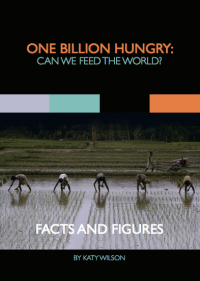This week’s summary on the news stories, reports and blogs that have grabbed our attention. We welcome your thoughts and comments on these articles.
Study: Earth can sustain more terrestrial plant growth than previously thought, News Bureau, Illinois
Seeds of Truth – A response to The New Yorker, Dr Vandana Shiva
New resource shows half of GMO research is independent, GENERA
UN Draft report lists unchecked emissions’ risks, The New York Times
Specter’s New Yorker GMO Labeling Essay Misses the Mark, Just Label It
Seeking Fertile Ground for a Green Revolution in Africa, PAEPARD
Is soil the new oil in Africa’s quest for sustainable development?, Thomson Reuters Foundation
How the private sector can catalyze innovations for feeding Africa, Devex
The good and bad of Genetically Modified Organisms (GMOs), New Vision
Research is ‘no panacea’ for development, finds DFID, SciDev.Net [Read more…]









